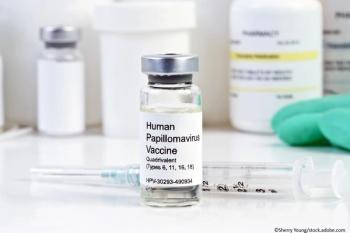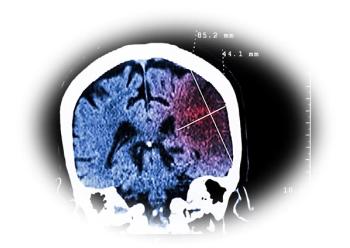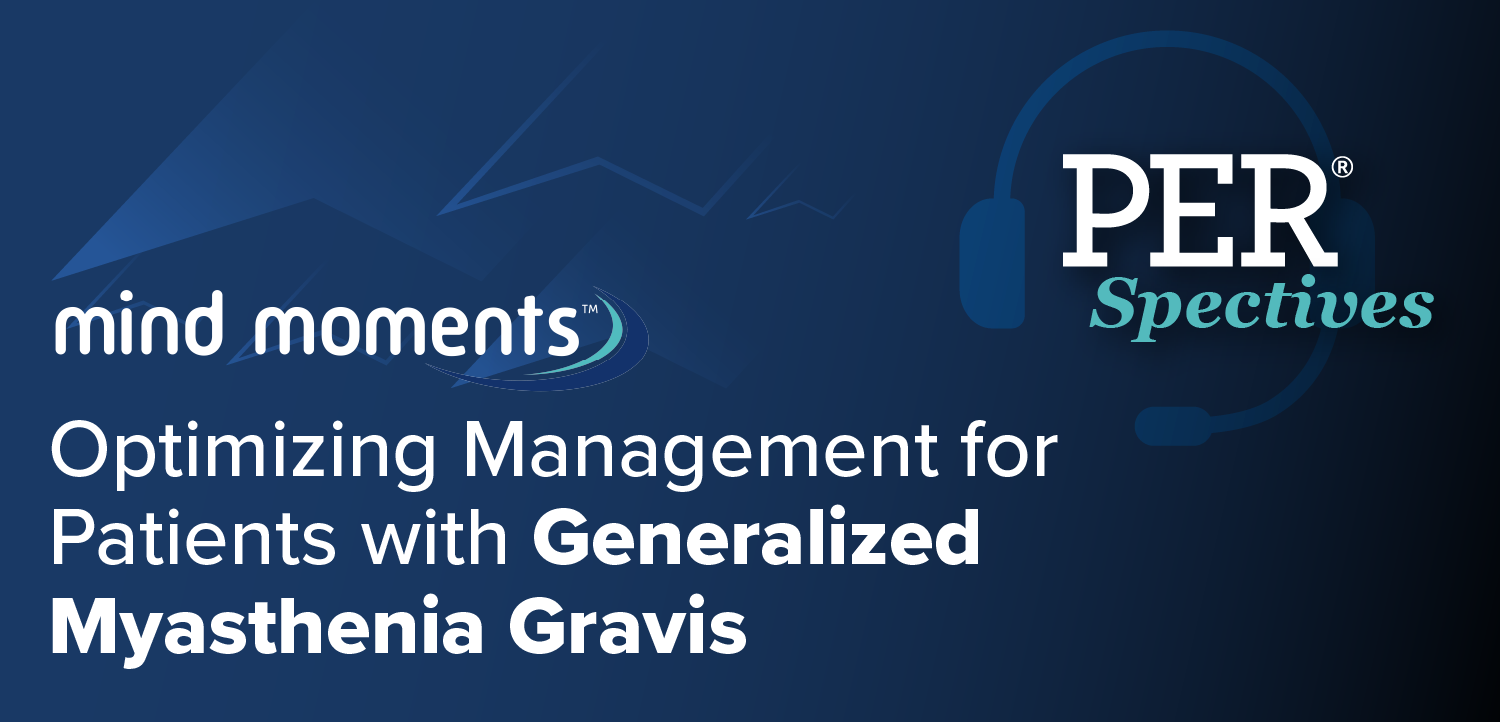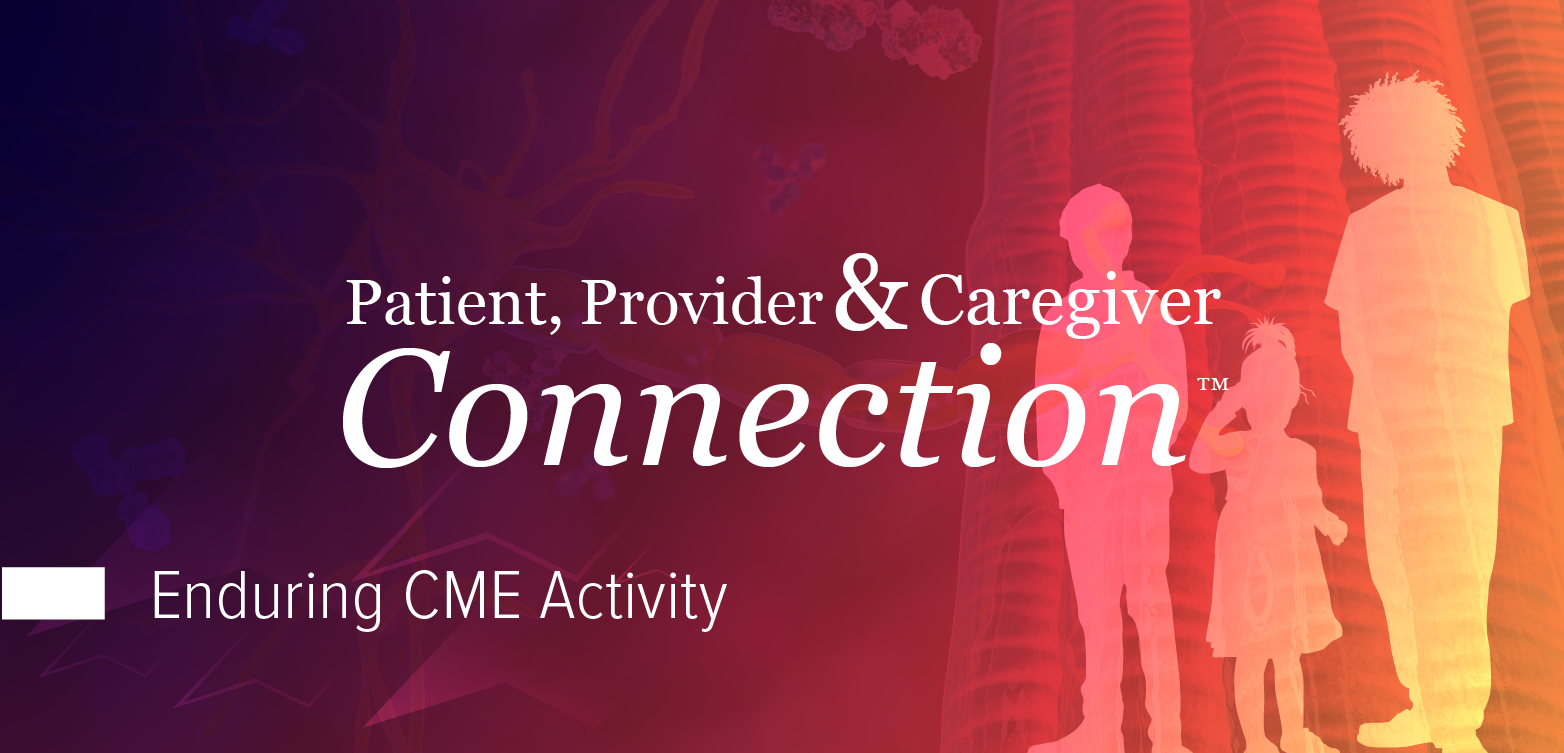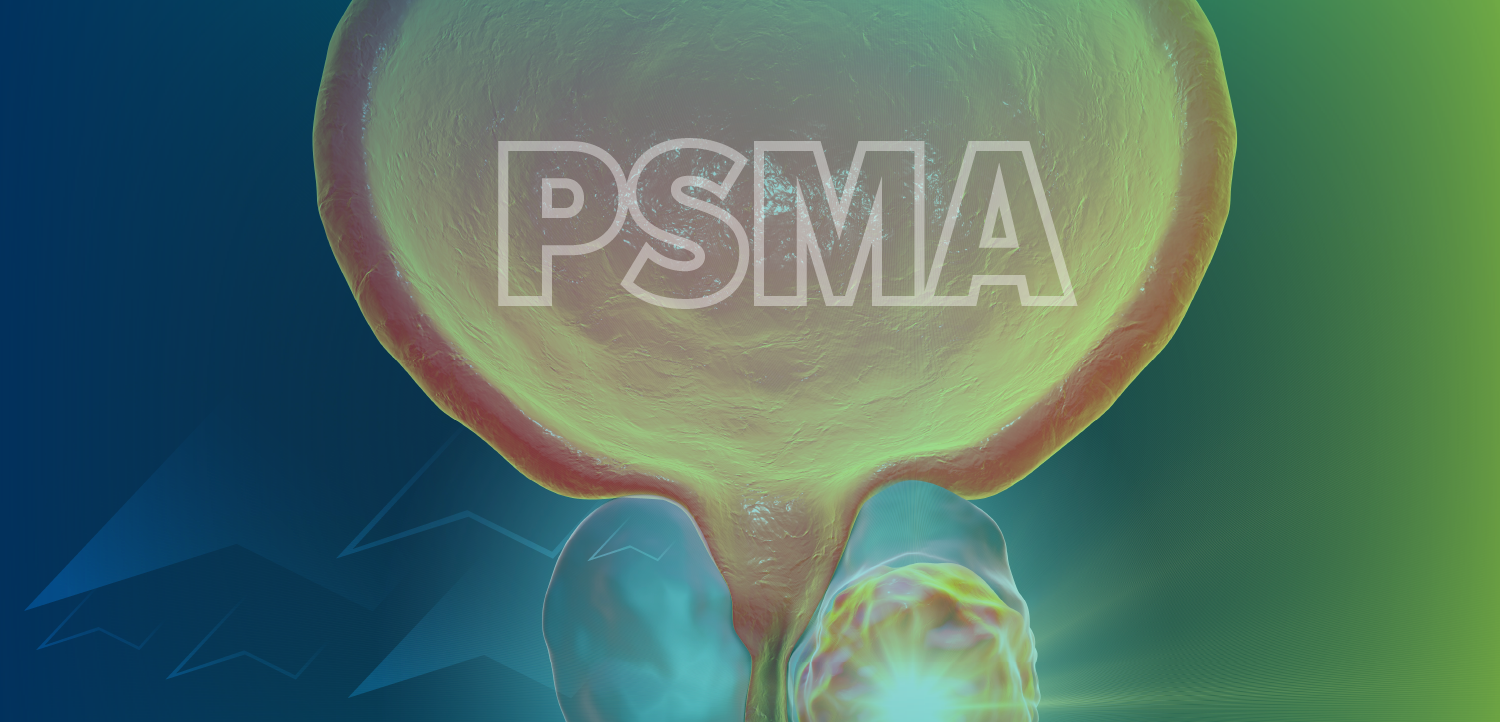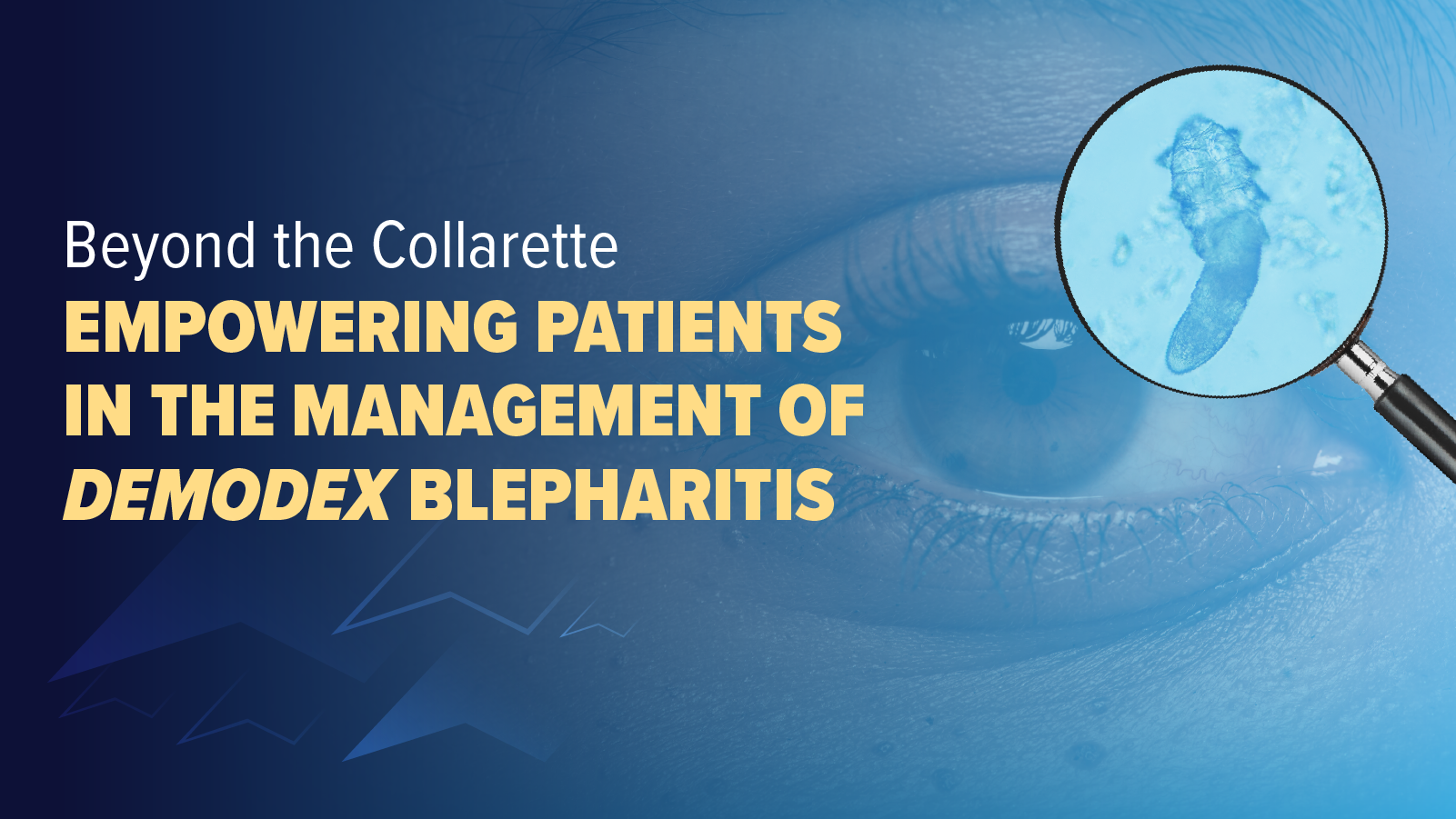
Genetic Risk Score Identifies Individuals Likely to Report Adverse Events from GLP-1 Mimetic Therapy
The ability to predict which individuals will experience adverse events from GLP-1 therapy has great promise for more personalized treatment and improved clinical trial design.
A machine-learning algorithm developed by Phenomix Sciences and Mayo Clinic researchers can predict which patients are more likely to experience adverse events, especially nausea, from glucagon-like peptide-1 receptor agonist (GLP-1 RA) therapies, according to findings presented at Digestive Disease Week (DDW) 2025.1,2
In a post-hoc analysis of a randomized controlled trial of liraglutide for weight loss, participants with a high Genetic Risk Score (GRS) for a measure termed “calories to satiation” (CTS) were more than twice as likely to experience nausea compared with those with a low score (68% vs. 30%).1
Acosta and colleagues also found that participants with higher calories-to-satiation Genetic Risk Scores (GRSCTS) experienced more gastrointestinal-related adverse events and headaches (73%) than those who scored lower on the measure (53%). However, a higher GRSCTS score did not correlate with significant differences in gastric emptying or accommodation, according to the study.1 Further, the investigators reported no association between the development of nausea and weight loss at 5 weeks or 16 weeks of treatment. Their analysis found that among participants with high GRSCTS, 2 withdrew from the study because of nausea and 1 decreased dose. In the subgroup of participants with low GRSCTS risk scores, 2 participants also withdrew.1
"By identifying which patients are more likely to experience side effects before starting therapy, we can improve tolerability, support long-term adherence, and better match the right treatment to the right patient," Andres Acosta, MD, PhD, co-founder of Phenomix, said in a statement.2 Using predictive tools earlier in both clinical practice and drug development could dramatically improve real-world adherence and accelerate pharmaceutical research, Mark Bagnall, Phenomix CEO added.2
GLP-1 therapies, such as liraglutide, commonly cause gastrointestinal side effects, with nausea and vomiting most often occurring within the first 4 to 8 weeks of treatment.3 Prior studies have shown that up to 40% of patients experience nausea and 6.4% discontinue therapy as a result. High plasma concentrations of GLP-1 agents contribute to these effects.3
The machine-learning (ML) assisted CTGRS genetic risk score incorporates single nucleotide polymorphisms (SNPs) in 10 genes related to genetic predisposition to obesity, satiation, the GLP-1 receptor, or endogenous GLP-1 synthesis, Acosta et al wrote.1 The current analysis analyzed genetic data from 110 participants in the original study of liraglutide that investigated the GLP-1 receptor agonists effects on gastric emptying, weight loss, and other physiologic parameters in obesity. Among the original 136 participants in the study, 110 had genetic information available. The researchers applied the ML-assisted CTSGRS to evaluate the ability of the score to identify individuals at higher risk for AEs.1
"These findings represent a meaningful advancement in how we approach obesity treatment at an individual level," Andres Acosta, MD, PhD, co-founder of Phenomix, said in a news release.1 When the results are considered alongside findings from prior work by Acosta and colleagues that found a lower CTSGRS score was associated with greater weight loss with liraglutide, the data “implicate unique profiles in pertinent targeted genes in pathways regulating satiation can both optimize efficacy and tolerability of GLP-1RAS for chronic weight management,” the authors wrote.
References
1. Frederick T, Atieh A, Maselli DB, et al. A genetic risk score associated with nausea resulting from GLP-1 agonist treatment: a post-hoc analysis of a randomized controlled trial of liraglutide. Abstract presented at: Digestive Disease Week 2025. may 4-6, 2025; San Diego, CA. Accessed May 9, 2025. https://drive.google.com/file/d/1Ujy1hE1U5B4VYD7y691xFj8XKq8WNC4f/view
2. Mayo clinic study uses Phenomix AI algorithm to predict GLP-1 side effects, advancing personalized obesity care and drug developments. News release. Phenomix Sciences. May 7, 2025. Accessed May 9, 2025. https://www.phenomixsciences.com/about/press/mayo-clinic-study-shows-myphenome-test-predicts-glp-1-side-effects-advancing-personalized-obesity-care-and-drug-development
3. Pi-Sunyer X, Astrup A, Fujioka K, et al. A randomized controlled trial of 3.0 mg of liraglutide in weight management. N Engl J Med. 2015;373:11-22. doi: 10.1056/NEJMoa1411892
Newsletter
Enhance your clinical practice with the Patient Care newsletter, offering the latest evidence-based guidelines, diagnostic insights, and treatment strategies for primary care physicians.


